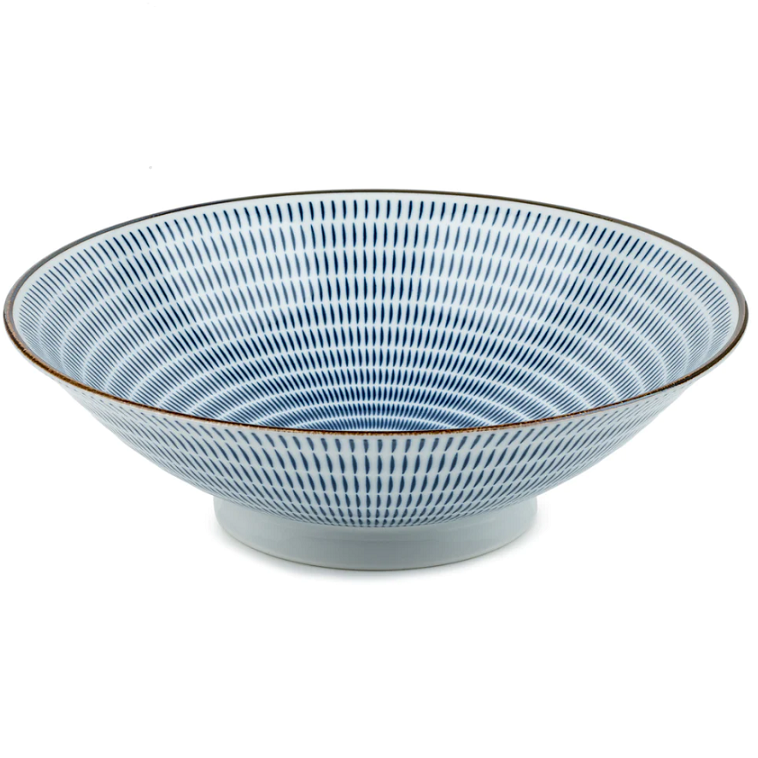The art of Japanese porcelain
This display explores the story of Japanese porcelain, which starts in the 1600s in the small town of Arita, southwest Japan.
In 1616, captive Korean potters discovered porcelain clay deposits in the hills above Arita town. This discovery, together with the knowledge and skills of the potters, led to a flourishing porcelain industry. Between 1640 and 1680, Japan became the world’s leading makers of porcelain.
On display are examples of the luxury wares designed and developed by Japanese potters to suit the tastes and fashions of European and North American markets.
The exhibition explores how these wares differ in style and function to the porcelain wares made for people in Japan. Learn about Japanese dining culture and Japanese aesthetics through the ceramics on display.
See how Japanese porcelain was made in Arita in the past and how it is made in the town and surrounding region today.
Irene Finch
Much of the porcelain featured in this exhibition comes from the Irene Finch Collection, a large collection of Japanese ceramics gifted to Bristol Museum & Art Gallery in 2012.
The collector, Miss Irene Finch (1918-2019) was a retired science teacher with a deep passion for Japanese porcelain. For over 30 years she researched and published on the subject. The collection at Bristol Museums reflects Miss Finch’s interest in Japanese ceramics made between 1720 and 1820, a time when Japan was exporting little porcelain.
Many wares were not made for export and instead reflect the tastes of Japanese customers.


